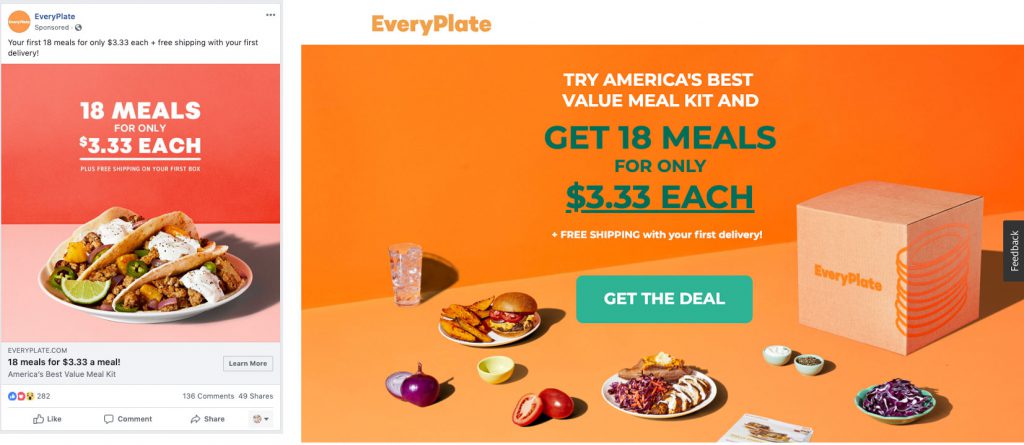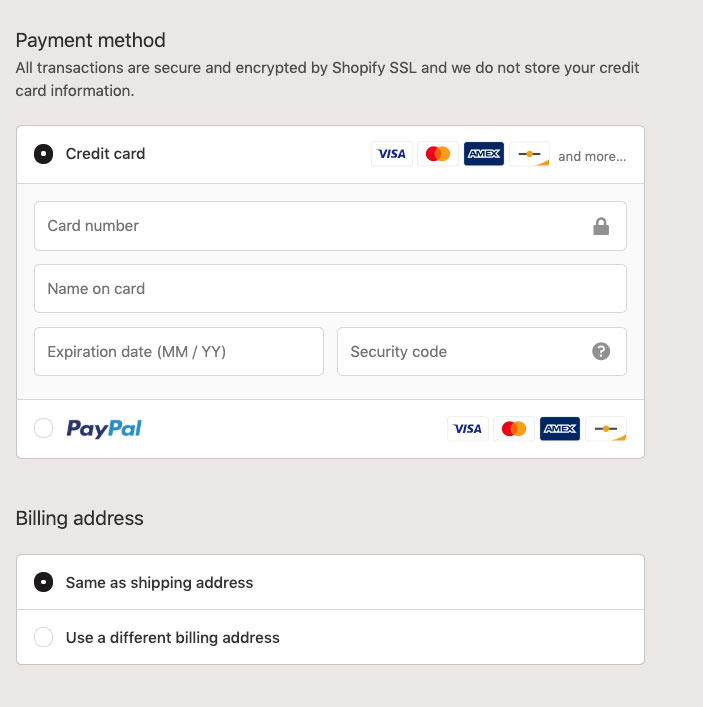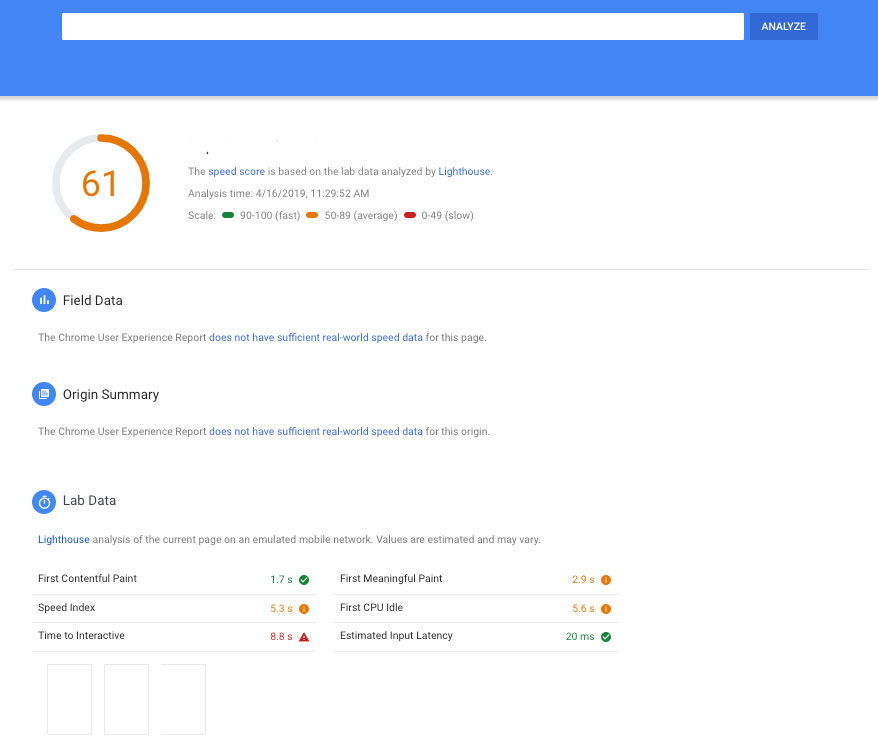Simple Website Optimizations to Grow Your Sales (Part III)
April 17, 2019
You have an amazing collection of products. You built a great website to showcase them. Your content is high-quality and in-line with your target audience’s point of view. Most importantly, traffic is coming to your website.
Now, it’s time to optimize your store to generate the most revenue from each visit and transaction. In part I of this series, we focused on tactics to increase your average order value, and how to use that as a metric to judge how well your advertising spending is working. In part II, we looked at ways to reduce cart abandonment and the best ways to funnel your customers through your site to purchase.
Now, let’s finish up by looking at some broader strategy and overall site optimizations that will drive more sales.
Ads & Landing Pages Must Be Congruent

If you are running social media or display ads, it’s essential to make the landing page correlate with the messages on the ad. First, make sure the design and photography on your site match the imagery on the ad. All copy should be closely related so the content on the page reinforces that language that inspired the user to click through in the first place. And, most importantly, if your ad shows an offer, sale, or discount, the landing page should convey the same details to make the connection clear. Remember: they clicked through for a reason. Show it to them.
Security & Safety: Show Trust Statements on Checkout

This is a simple implementation. Shoppers are looking for proof that your store is a legitimate business to whom they can trust their personal details. Something as basic as adding “Secure Credit Card Payment” or referencing Shopify’s built-in SSL language on your payment section might be enough. Or, you could consider adding graphic elements such as trust seals and badges to showcase that you’re using industry-standard security measurements and let the customer know they can shop with confidence.
Test, Test, Test

One of the most beautiful things about a digital storefront is that you can try different designs, arrangements, and color combinations, and rapidly test them to see which perform the best.
Be sure to regularly test your page load speed with Google. According to Hubspot, around 50% of visitors will abandon a website if it takes more than three seconds to load. That is a lot, especially when this is such a simple fix. You can read more about page load speeds on this XenoPsi blog post.
Split and multivariant test everything you can. You’ve no doubt heard stories like “changing our CTA button from black to yellow cut our cart abandonment rate in half.” Does it work? With split A/B testing, it’s easy to find out.
But, testing is not just limited to simple color tweaks. You can try two different layouts for your content to see which drives more sales. You can experiment with design and functionality to learn which is more successful. This is an iterative process that allows rapid testing to give your customers the best shopping experience.
Just remember, A/B testing is an experiment, and experiments need a control to deliver accurate results. So, make these adjustments one at a time to find out which option delivers the most impact. Once your learnings are sound, you can move on to another optimization process.
Display Customer Reviews Boldly

The biggest online stores have been doing this for decades, and you should too. Why? Because consumers naturally trust each other more than advertising. Studies have shown that 97% of consumers consult reviews when making online purchases. You could even take a cue from direct-to-consumer powerhouse brand Casper – in the photo above, note how they make the customer review unit both front and center, and interactive. This encourages users to engage directly with real-world testimonies. Read all about reviews on this XenoPsi post: How Online Reviews Can Help Build Your Brand.
eCommerce Plaforms Don’t Come with All the Solutions. Your Store Needs Custom, Built-In Options
While they’re certainly tweakable, Shopify and WooCommerce can’t provide all your customization and experimentation you need. The truth is: at XenoPsi, we are pros at this. They sell the platform. But we offer the strategy and bigger picture to help you put all the pieces together, put a plan into action to optimize revenue, and convert the curious into customers. We partner together and align our successes to help brands grow.
If you’re ready to find new ways to drive sales, please get in touch. Contact our new business manager, Cindy Zupcic at [email protected].
—
Don’t forget to check out Parts I and II of this series for more ideas.




